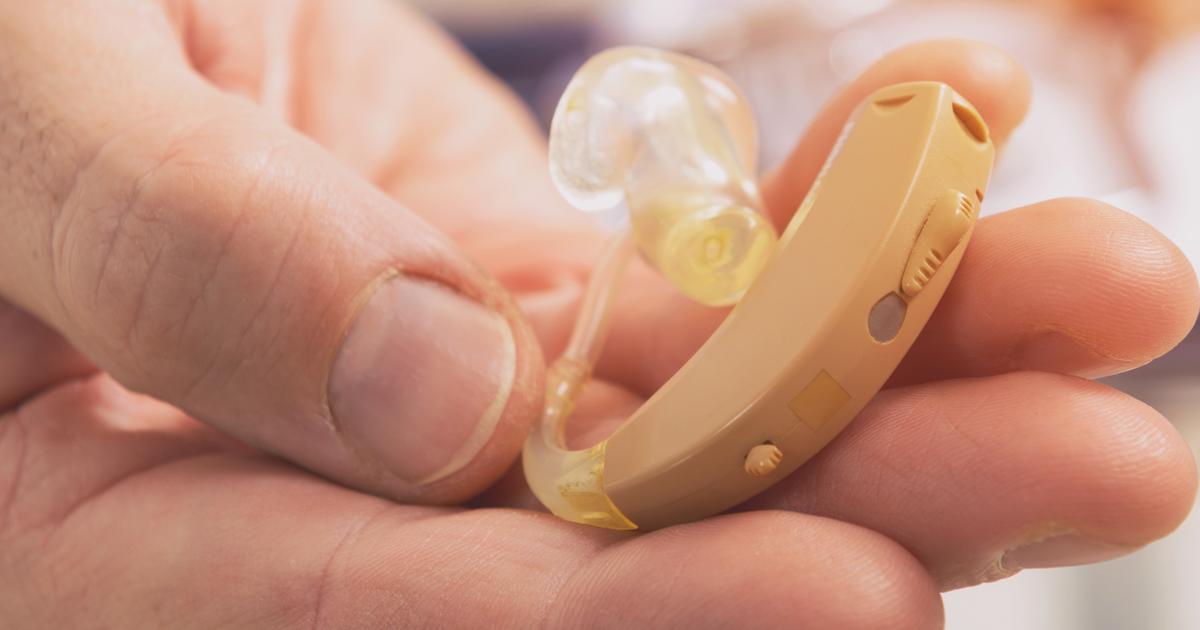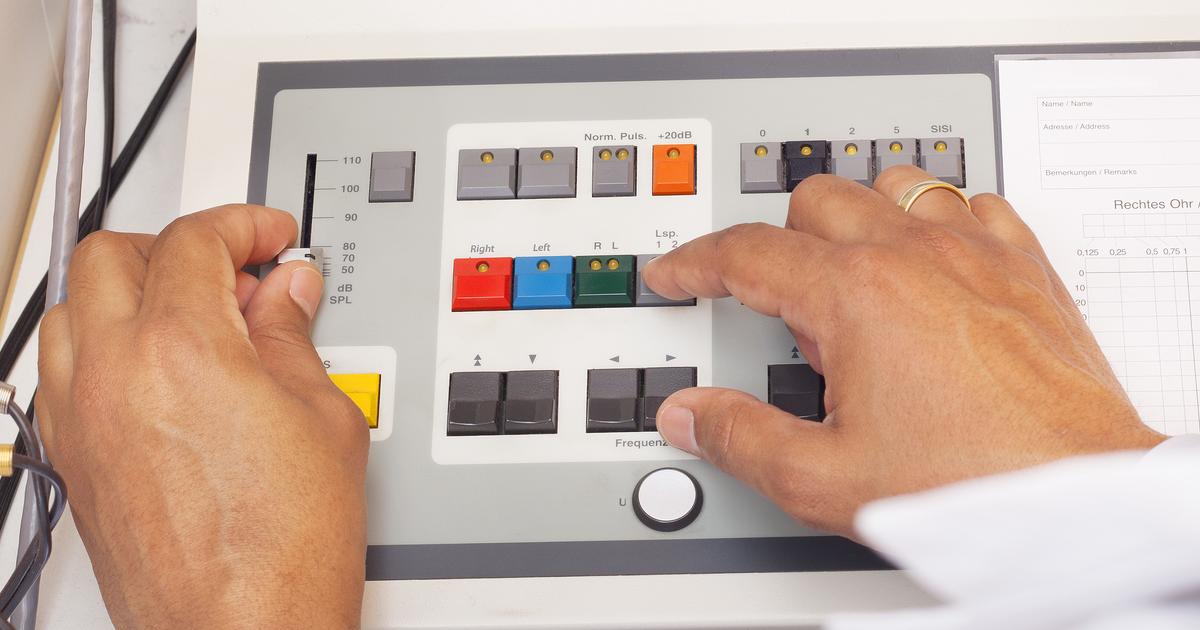Guide To Diagnosing And Treating Pulsatile Tinnitus
Brainstem Auditory Evoked Response
A brainstem auditory evoked response test, more commonly called a BAER test, is a diagnostic tool that measures how well a patient's brain processes sounds. This can help determine whether the cause of pulsatile tinnitus is in the ear itself or neurologically-based. BAER tests record the feedback of the patient's brainwaves when they're exposed to certain audio tones or a series of clicks. The test helps determine the cause and severity of hearing loss in multiple different cases. It also helps diagnose nervous system issues that lead to auditory processing problems. BAER tests are most frequently used with young children, newborns, and individuals unable to partake in standard hearing tests.
Read about treating pulsatile tinnitus now.
Tinnitus Retraining

The best course of treatment will vary depending on the underlying cause of the tinnitus. Doctors will typically focus on treating the underlying cause first. Oftentimes, when the underlying cause has been cured or sufficiently managed, the symptoms of pulsatile tinnitus resolve. However, some patients may experience the sound on a permanent or semi-permanent basis. In these cases, tinnitus retraining can be helpful. This therapy method is used for those with permanent tinnitus to help them cope with their condition both subconsciously and consciously. Tinnitus retraining incorporates three main principles. First, the doctor collects extensive information about the patient's medical history and living habits. Then, they use electronic devices to generate noise and direct the patient's attention from their tinnitus. The third component is integrated psychological therapy that teaches the patient how to ignore their tinnitus.
Discover another method of treating pulsatile tinnitus now.
